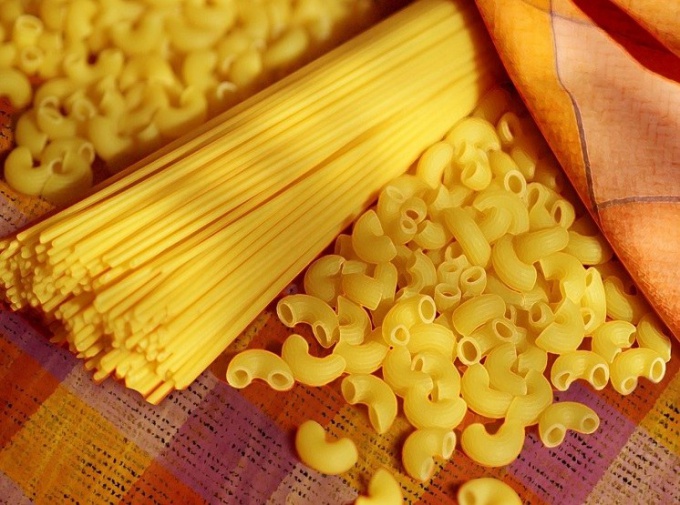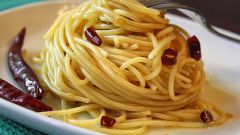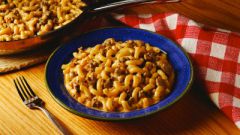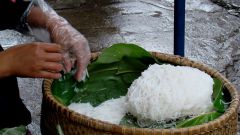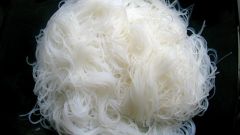How to choose the "right" pasta
On the shelves you can see a huge amount of macaroni and pasta of various kinds: noodles, spaghetti, rice, lasagne, shells, fusilli, vermicelli, butterflies, etc. Which one to choose depends on your preferences, adults prefer tubular pasta and spaghetti for the kids noodles and shells. But to get the delicious dish, the shape of the pasta is completely unimportant, and matter from which they made flour.
Beautiful and delicious macaroni and vermicelli will cook only pasta flour, which was used flour from durum wheat called "durum". Pasta class with a grayish hue, very difficult to make a delicious dish – they are always mushy.
How much are you supposed to cook the noodles
How many Housewives have to remember about your first bad experience when they cooked the pasta, dropping them in cold water. This is wrong – any pasta and pasta lay in a pot of already boiling water. Moreover, water should be a lot – a pound of pasta or noodles will need to boil 3-3,5 liters of water. The water must be salt to taste. How much will cook the noodles depends on their type. Reputable manufacturers will indicate the cooking time on the package of pasta.
If the pasta you will make the casserole, cut the cooking time in half.
If you buy pasta in bulk or already threw away the packaging during cooking they will periodically have to try not to digest. In a pan lay all the pasta and toss so they don't stick together. More to mix them in the cooking process not necessary. Pasta and noodles are usually cooked from 8 to 15 minutes, thin noodles will be ready in 5 minutes, horns and butterfly – minutes after 6-8. Pasta is considered ready when they become soft and homogeneous, but the Italians, who invented them and prefer the willingness of al dente - "to the tooth", when inside they are a little crunchy.
The pasta is very "love" sauces. In cooked products, you can add tomato sauce or pesto sauce.
But this crunch will be gone, when you toss the pasta in a colander to water glass the cooking process continues, and the pasta will reach the condition already in the colander. Pasta and other products made of fine flour, wash in cold water is not necessary. After the water has drained, place them from a colander into a saucepan and add a little butter or olive oil.
